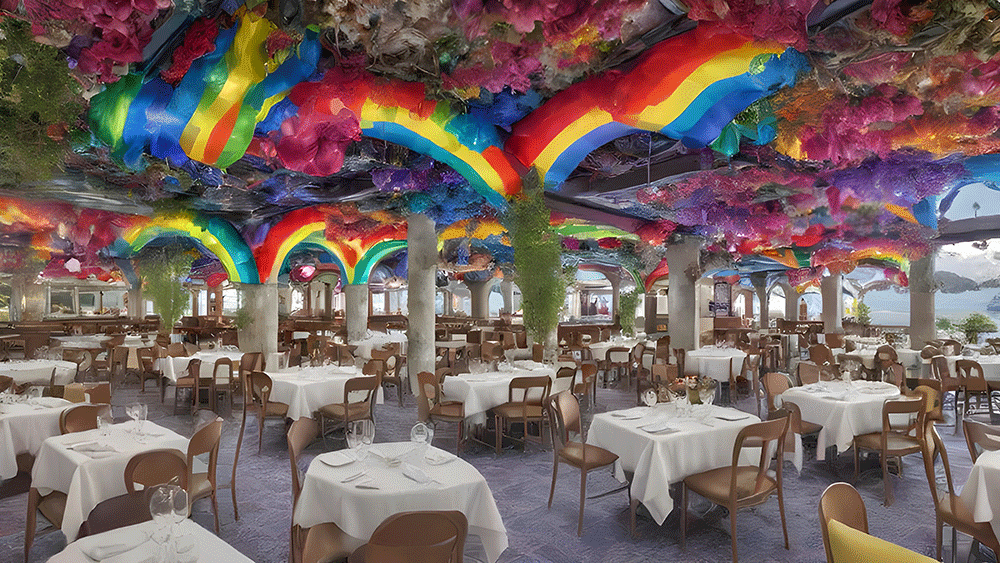
The COVID-19 pandemic has had a profound impact on the restaurant industry, causing widespread closures, loss of jobs, and significant changes in how restaurants operate. The pandemic has affected the industry in numerous ways, from the supply chain to consumer behavior, and has forced restaurants to adapt quickly to survive.
One of the most visible effects of the pandemic on the restaurant industry has been the closure of many restaurants. Due to lockdowns, capacity restrictions, and consumer hesitation to dine out, many restaurants have been unable to sustain their businesses.
The pandemic has also disrupted the supply chain, causing shortages of ingredients and supplies. With restrictions on international travel, imports of goods have been limited, leading to shortages of products like seafood and spices. Additionally, many suppliers have faced their own challenges with shutdowns, worker shortages, and disruptions in transportation.
Restaurants have also had to adapt to changing consumer behavior during the pandemic. With dining rooms closed or at reduced capacity, many restaurants have shifted to delivery and takeout models. This has required significant investments in technology, such as online ordering systems and delivery platforms. While this has allowed restaurants to continue operating, it has also added additional costs and logistical challenges.
Another challenge that restaurants have faced is the increased demand for outdoor dining spaces. To comply with social distancing guidelines, many cities have allowed restaurants to expand outdoor dining spaces onto sidewalks, streets, and parking lots. While this has allowed restaurants to serve more customers, it has also required significant investments in outdoor furniture, heating, and lighting.
The pandemic has also had a significant impact on the workforce in the restaurant industry. The restaurant and hospitality industry lost millions of jobs in 2020. Many workers have been laid off or furloughed due to closures, and those who remain employed have had to adapt to new safety protocols and increased workload.
The pandemic has had a profound impact on the restaurant industry, causing widespread closures, supply chain disruptions, changes in consumer behavior, and job losses. The industry has had to adapt quickly to survive, with many restaurants shifting to delivery and takeout models, expanding outdoor dining spaces, and investing in technology. As the pandemic continues to evolve, it is unclear what the future holds for the restaurant industry. However, one thing is certain: restaurants will need to continue adapting to changing conditions to survive and thrive in a post-pandemic world.
